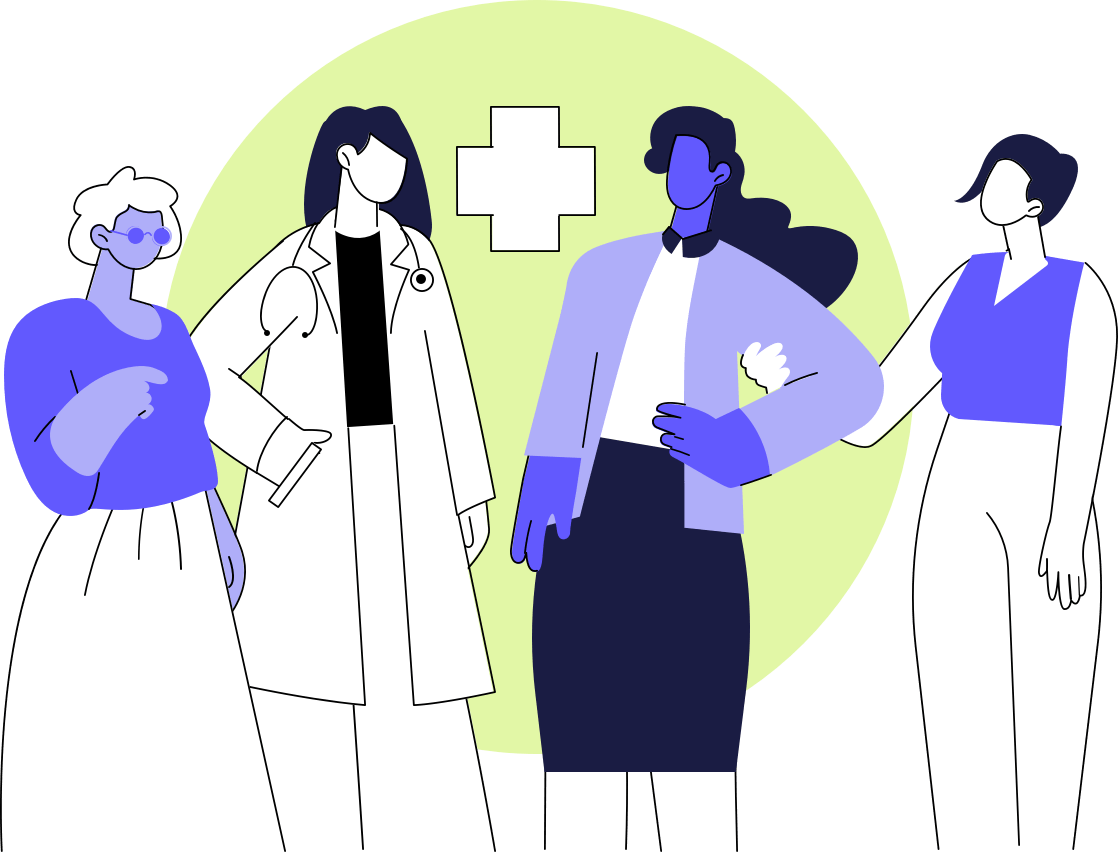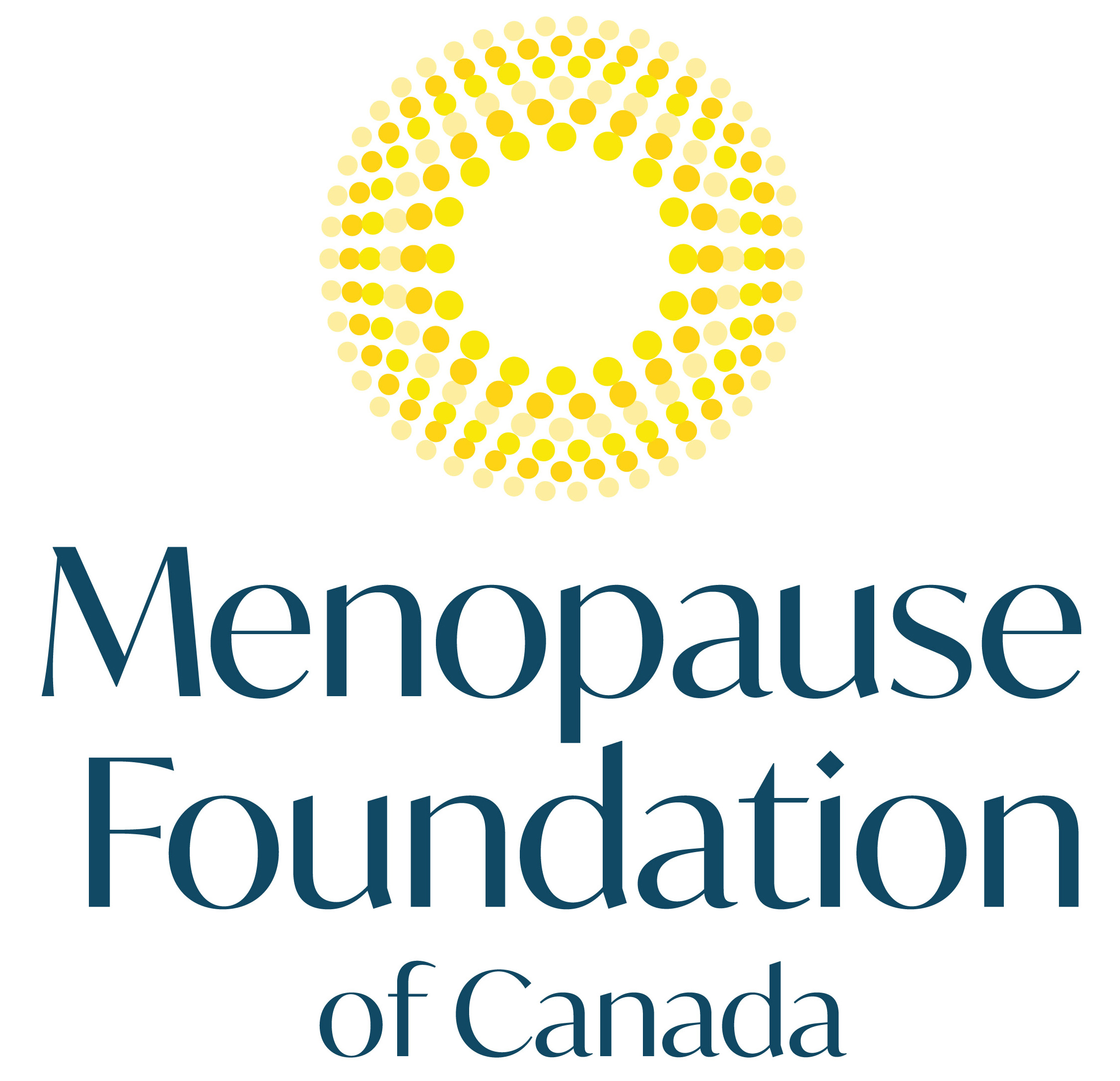
When we talk about diabetes, it’s usually framed as “eat better,” “exercise,” or “just have more discipline.”But if you are Black or Indigenous, you know there is more to the story.
Our communities didn’t end up with high diabetes rates by accident. This is connected to history, land, stress, survival, and the systems we’ve lived under.
So this conversation is not about blame. And it’s definitely not about shame. This is about context, care, and truth.
Why We’re Impacted More Heavily
1. Access to Real Food Has Been Disrupted
Before colonization and forced migration, our ancestors ate foods grown from land they tended themselves – fish, berries, corn, squash, wild rice, yams, roots, teas, herbs. Food was medicine. Food was ceremony. Food was community.
When land is taken, when food systems are interrupted, when grocery stores replace gardens– the body feels that. That’s not “choice.” That’s disconnection.
2. Stress Lives in the Body
Black and Indigenous women carry a lot: Family. Community. Work. Grief. Survival. We know how to hold everything together, but we are rarely held.
Constant survival stress changes hormones, raises cortisol, and directly affects blood sugar. This is not personal weakness. This is the cost of being strong in systems not built for us.
3. Healthcare Doesn’t Always See Us
Many of us have felt the following:
•dismissed,• misdiagnosed,• told “you’re fine,”• or made to feel like we’re exaggerating.
This is why diabetes often gets caught late, when complications are harder to reverse.
And this is also why so many Black and Indigenous people experience preventable amputations. Not because our bodies are failing us– but because systems are failing us.
4. Disconnection From our Healing Traditions
Plant medicine, ceremony, gardening, drumming, movement, auntie-wisdom, storytelling, kitchen-table care…Healing used to be collective.
So part of our wellness journey is returning– not starting from scratch.

What the Research Confirms
Diabetes Canada points to colonization and disrupted food systems, not “bad habits.”
Studies show trauma and stress play a direct role in diabetes risk.
Indigenous and Black communities face higher complications because of delayed care, not biology.
Clinical guidelines say diabetes care must be culturally safe, community-led, and relational.
Indigenous peoples are three times more likely to develop diabetes due to structural inequities, not genetics.
So yes it’s systemic. But that doesn’t mean we are powerless.

Our Communities Are Already Healing
And we don’t always name it as healing.
When we:
Share food with each other
Grow herbs on a balcony
Make soup for someone especially in times of stress
Walk with a friend after sunset
Choose rest
Tell old stories
Return to land and water
Make room for joy
Hold ceremony
Teach our children their names and songs
That is healing.That is resistance.That is wellness.
We have never stopped caring for each other.Even when systems wanted us to forget how.
Where We Go From Here
We deserve:
Healthcare that listens.
Spaces where we’re not rushed.
Food that comes from culture.
Rest without guilt.
Support that understands the context, not just the symptoms.
At Grassroots Health, we approach wellness from the whole picture — body, mind, spirit, culture, and lived experience.If you’re navigating diabetes or at risk, you do not need to do that alone.You deserve care that honours your story.
Closing
This is not just about managing blood sugar.It’s about returning to relationships — with food, land, community, rest, and self.
We are not starting from zero.
We are returning to what we’ve always known.
Citations:
Diabetes Canada. “Indigenous Communities and Diabetes.” Diabetes Canada Resources.https://www.diabetes.ca/resources/tools---resources/indigenous-communities-and-diabetes
Oster, R. T., & Toth, E. L. “Diabetes Among Aboriginal People in Canada.” Canadian Journal of Diabetes.https://pmc.ncbi.nlm.nih.gov/articles/PMC3830901/
Canadian Institute for Health Information (CIHI). “Equity in Diabetes Care: A Focus on Lower-Limb Amputation.”https://www.cihi.ca/en/equity-in-diabetes-care-a-focus-on-lower-limb-amputation
Diabetes Canada Clinical Practice Guidelines. Chapter 38: “Diabetes in Indigenous Peoples.”https://guidelines.diabetes.ca/cpg/chapter38
Young, T. K., Reading, J., Elias, B., & O’Neil, J. “Diabetes in Native Canadians: A Review.” Clinical Investigative Medicine.https://pmc.ncbi.nlm.nih.gov/articles/PMC2096702/







